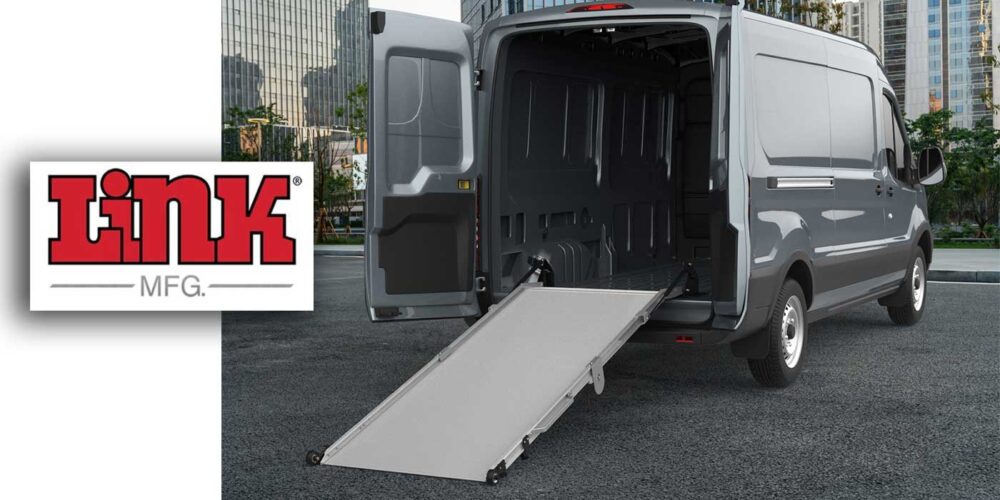On visits to fleets’ maintenance facilities, one can observe multiple practices with lubrication and oil changes. So we turned to Shell Lubricants for best practices on how fleet managers can manage, use, store, dispense and analyze their lube products. During a recent conversation on lubricant storage and dispensing, Shell’s Dan Arcy, global OEM technical manager, and Jeff Priborsky, technical advisor sector lead—fleets, offered these discoveries regarding fleet locations and suggestions for improvement:
• Storage of lubricant drums: Grease usually lasts six months. Store the drums vertically and don’t leave the tops off since it’s a potential for contamination. The tops have a lip, and water must be kept off the lid’s top.
“We have seen fleets leave the tops off drums and the technicians use buckets or pitchers to fill the truck,” said Priborsky. “It’s open to the elements and there cannot be any mixture of fluids (types)—both are sources of lubricant contamination. Shell recommends against the use of buckets or open containers, and fleets should use sealed containers. Make sure that you have one sealed container for each type of lubricant.
“Cross-contamination of lubricants is a big issue that we see in practice,” said Priborsky. “If equipment’s in the field, an operation will use a five-gallon bucket. You simply must match the appropriate fluid with what’s in the tank. And remember to note the incompatibility of some fluids…we’ve seen six different grease cartridges in use and three were not compatible with each other. Be careful.“
Lubricant drums should be stored inside, out of the weather, but this isn’t always possible. If the drums are stored outside, use these techniques to ensure product integrity: use drum covers whenever possible. Horizontally position them with bungs parallel to the ground. Upright drums should be tilted so that water cannot collect in the areas of the bung.
• Lubricant storage: All tanks should have desiccant breathers. Storage tanks will take in and hold water. Ingress of moisture may be resolved by the fitting indicating desiccant breathers. Make use of the bulk tank’s drain plug to remove built-up water. Every five years, fleets should clean the bulk tank.
Label the bulk tanks correctly. Place bold labels on the tanks—complete with brand/product names, and the SAE viscosity grade.
“Even consider color-coding the entire process, by placing blue on the appropriate tank, blue on reel and blue on the dispensing point and at the fill point of the unit itself,” said Arcy.
• Maintain proper coolant filters: Extended-life coolants use a blank filter or no filter at all. Don’t make the mistake of using coolant filters containing SCAs with extended life coolants. Filters that contain SCAs are intended only for use with fully formulated or traditional coolants.
• Filter storage (all types): All filters should be stored in a clean environment in their original wrappers. Don’t unwrap until needed.
Conventional anti-freeze has roughly a two-year shelf life, whereas fleets’ gear oil and transmission fluids usually are consumed in a month, then purchased new every three to four weeks. Dispensing about 200 gal. monthly with 15 to 20 oil changes can be cause for a bulk dispenser and a bulk tank that might cost $1,000-2,000 to purchase, which can be an incentive.
Shell representatives also pointed out another new service for equipment managers—Shell Lube Express System, which they said provides the “cleanest oil change,” plus removes any chance for operator error. It virtually eliminates messiness for the shop and the technician, recommends exact oil change particulars, and conducts regular oil analysis.
“This system, with a five-step process, is more efficient (less than 10 minutes) and more effective in conducting oil changes,” said Arcy, noting several fleets have opted for the Lube Express. He added, “It uses a closed-loop system that makes it safer and cleaner as mechanics don’t come in contact with the oil during the process. It also extracts all the used lube and pumps the new oil through the filter to help avoid dry-starts, which can damage the engine.”












